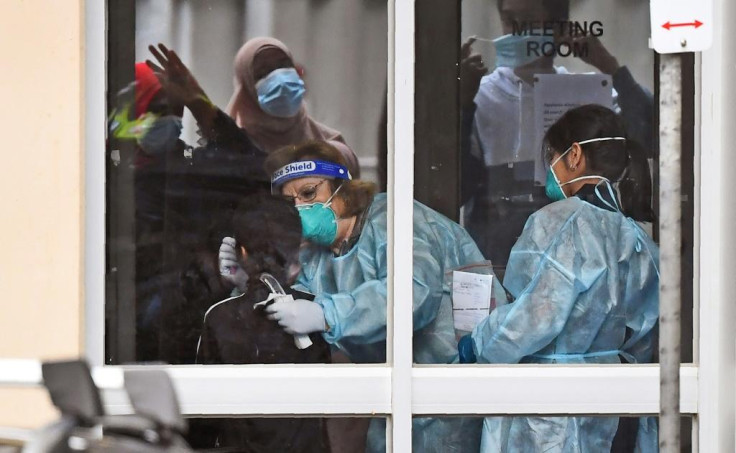New findings suggest silent transmissions likely responsible for COVID-19 outbreaks
The medical industry has been tirelessly working to understand everything there is to know about the pathogen.
Just recently, despite what majority of healthcare professionals already understand about COVID-19, there is growing evidence to support claims that the 2019 nCoV can remain airborne within aerosols. This means that in an enclosed space, the virus can spread farther than what was initially reported. While this development should prompt health officials to review the established precautionary protocols, it seems there is another element to consider. New findings suggest that most infections are from asymptomatic and presymptomatic individuals.
Ever since the start of the current health crisis, the medical industry has been tirelessly working to understand everything there is to know about the pathogen. So far, many are already aware of its highly infectious nature, its mode of transmission, and the symptoms that follow later on. However, there are still some aspects that experts continue to argue about. Last month, it was speculated that silent infections are responsible for the surge of new COVID-19 cases.
As detailed by the paper published by the Proceedings of the National Academy of Sciences of the United States of America (PNAS). While it is yet to be peer-reviewed, the research team estimated that over 50 percent of COVID-19 infections were likely from those who did not experience any of the disease's incapacitating effects. This was supposedly done through two separate epidemiological studies that focused on presymptomatic and asymptomatic transmissions.
Meanwhile, it should be noted that the 50 percent stated by the group was just an approximation as they have used a mathematical model as a reference for the study. Equally interesting is that other researchers observed a similar pattern in an Italian town under a 14-day quarantine, wherein 40 percent of the residents who were COVID-19 positive were asymptomatic.

"Even if all symptomatic cases are isolated, a vast outbreak may nonetheless unfold," reads the paper published by the PNAS. "Understanding how silent infections that are in the presymptomatic phase or asymptomatic contribute to transmission will be fundamental to the success of post lockdown control strategies." This goes to show that there might be even more about SARS-CoV-2 that will surface later on as scientists continue to perform experiments and observations across the globe.
© Copyright IBTimes 2025. All rights reserved.





















